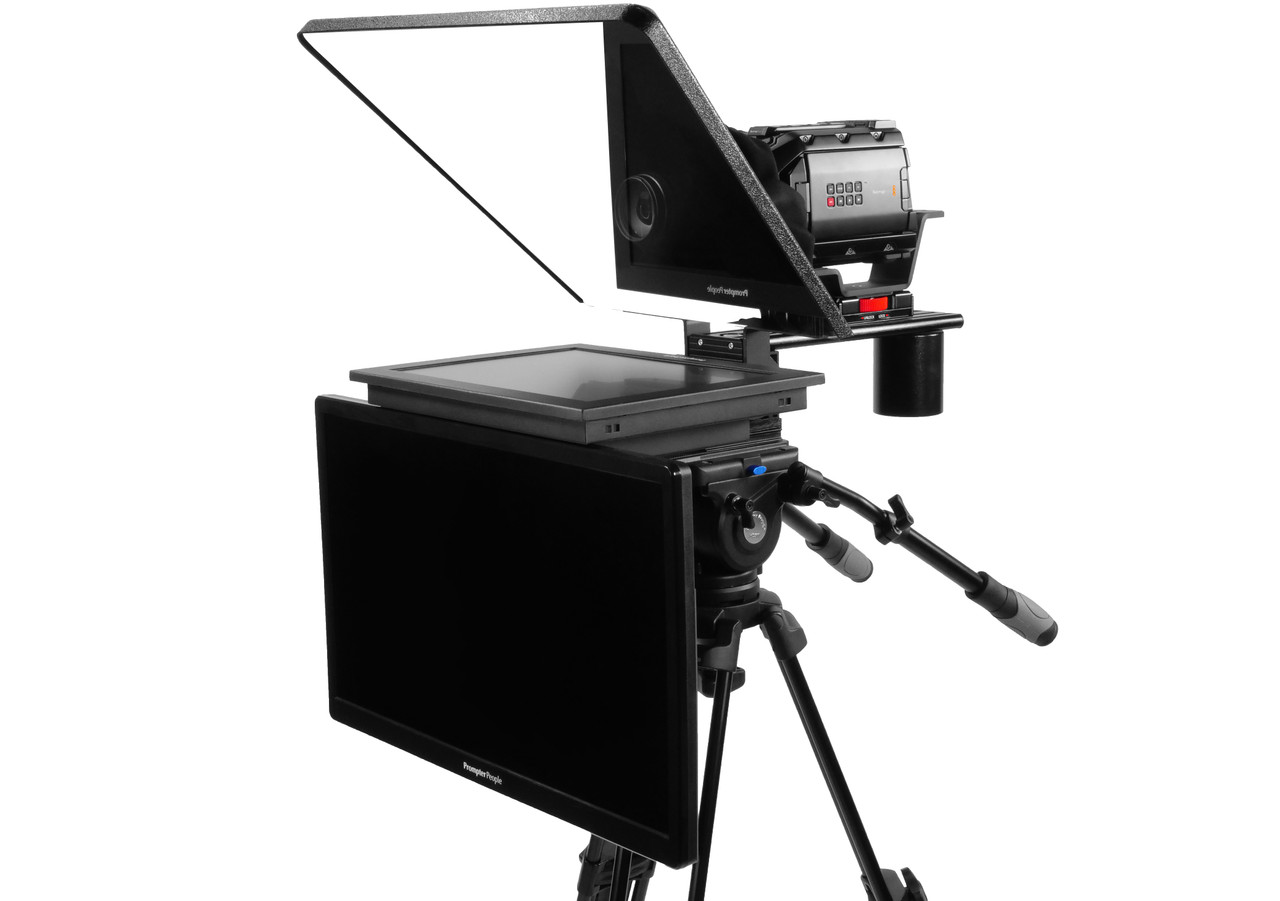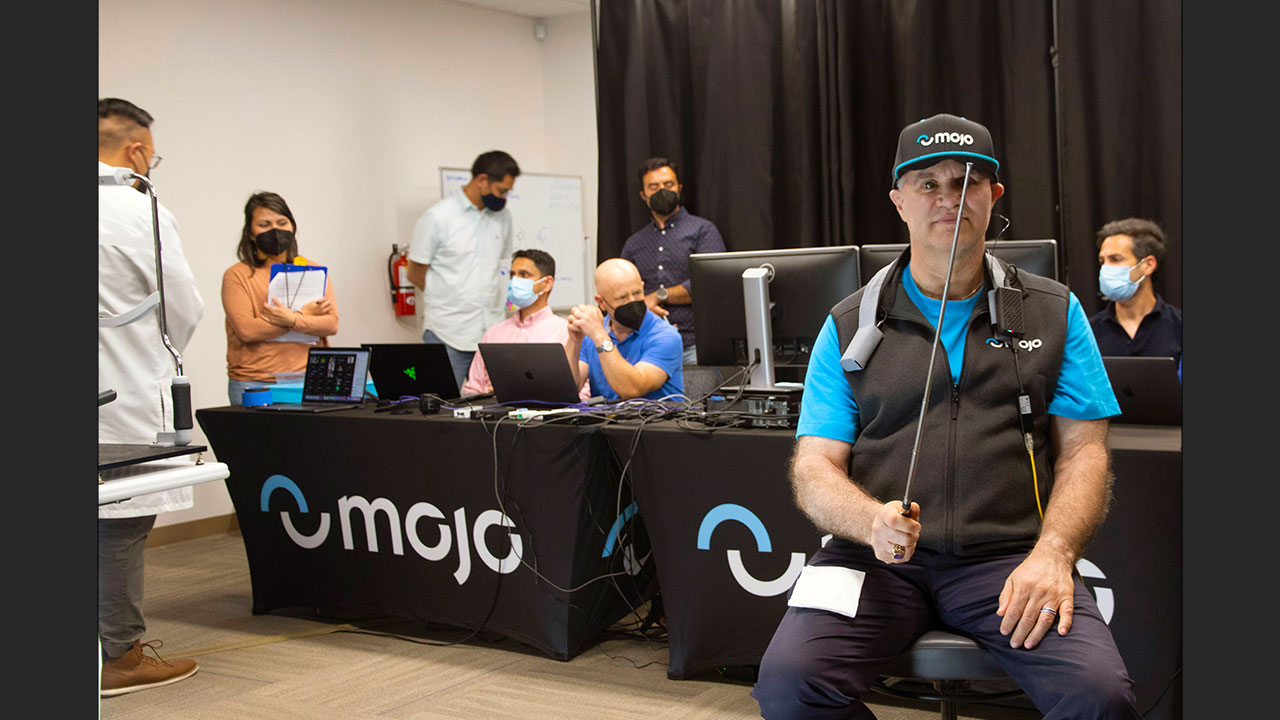

The duration of the blink is another important aspect that has been shown to be altered in dry eye disease and can be used as an indicator of fatigue/drowsiness.

From a tribological perspective, blink speed is an essential parameter involved in the friction and shear stress generated between the eyelids and the ocular/contact lens surface during spontaneous blinking. Similarly, other aspects of the blinking process such as velocity and duration have not been explored yet in contact lens wear. There is therefore limited evidence of how blinking characteristics are influenced by different contact lens material and designs. Soft contact lens wear has been shown not to affect the completeness of the blink, , which may be predominantly influenced by task difficulty. A trend towards increased blink rate has also been demonstrated in short-term wear of soft contact lenses, , as well as in adapted soft contact lens wearers. However, blink completeness appeared to be altered in these long-term rigid corneal lens wearers, who showed fewer complete blinks and more blink attempts than non-wearers. On the other hand, long-term rigid corneal lens wearers have been found to show a similar overall blink rate as non-wearers, suggesting that changes in blink rate may be limited to an adaptation period. Short-term wear of rigid corneal lenses has been associated with increased blink rate and unaltered blink completeness. Contact lens research has mainly focused on assessing the rate and completeness of the blink. Spontaneous blinking plays a critical role in contact lens wear by promoting tear exchange under the contact lens, maintaining the optical quality of the anterior lens surface, removing debris from pre- and post-lens tear film and maintaining a hydrated contact lens surface. One area which has received limited attention is blinking during contact lens wear. Furthermore, blink characteristics vary widely among individuals even under the same controlled experimental conditions. Spontaneous blinking may be altered by different levels of cognitive demand, visual tasks and emotional state, ,. Spontaneous blinking occurs at a rate of 8–21 blinks per minute, with an amplitude of 7–11 mm, and a duration of 100–500 ms. Complete blinking contributes to the clearance of debris from the ocular surface, the uniform distribution and mixing of tear film components and promotes lipid secretion from Meibomian glands. Blinking acts as a protective mechanism for the ocular surface by spreading the tear film and thus maintaining ocular surface physiology and good optical quality. Spontaneous blinking is a rapid, transient closure of the eyelids that occurs unconsciously in the absence of deliberate stimuli.


 0 kommentar(er)
0 kommentar(er)
